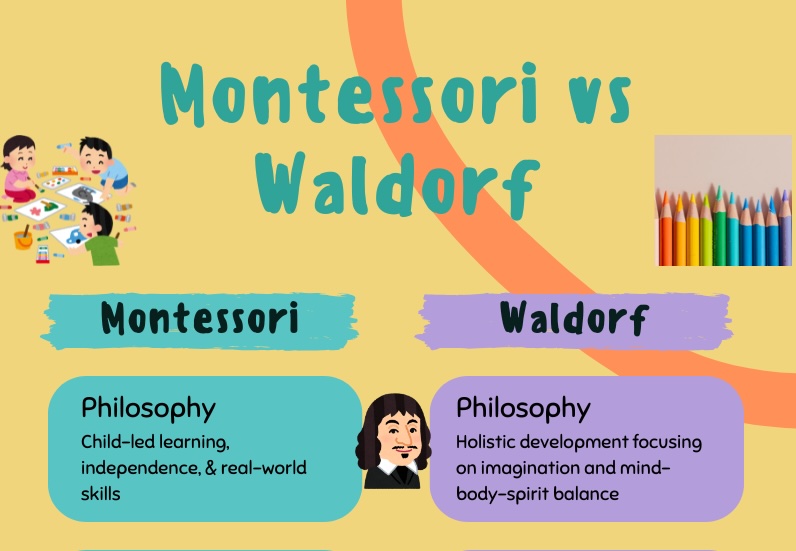There are several ways that you can help your child develop her sensory skills. Here are some fun ones...
Sensory skills are an essential aspect of a child's development, helping them process and understand the world through touch, taste, smell, sight, and hearing. As a parent or caregiver, you can nurture these skills through fun and engaging activities.
Sensory Bins
Engage children with sensory toys in bins filled with rice, beans, sand, or water. This hands-on experience encourages exploration and helps develop fine motor skills. | 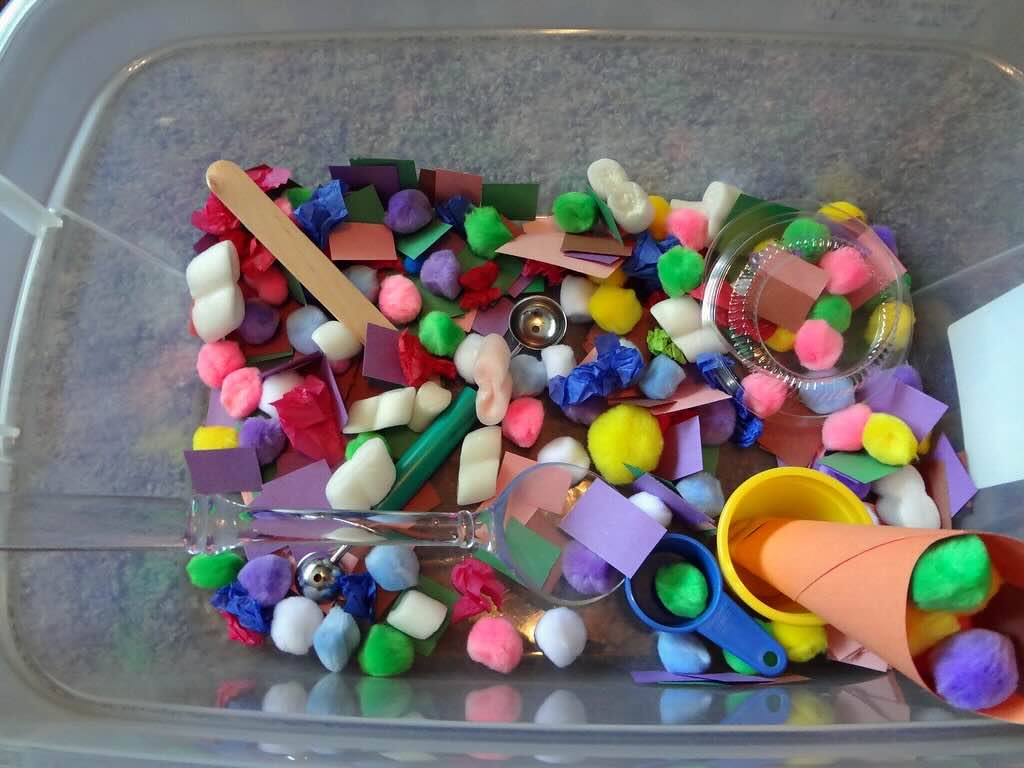 |
Playdough
 | Using Montessori-inspired homemade playdough allows children to experiment with textures, colors, and scents while enhancing creativity and hand-eye coordination. |
Art Projects
Finger painting and collages encourage tactile experiences, stimulating creativity while refining motor skills and spatial awareness. | 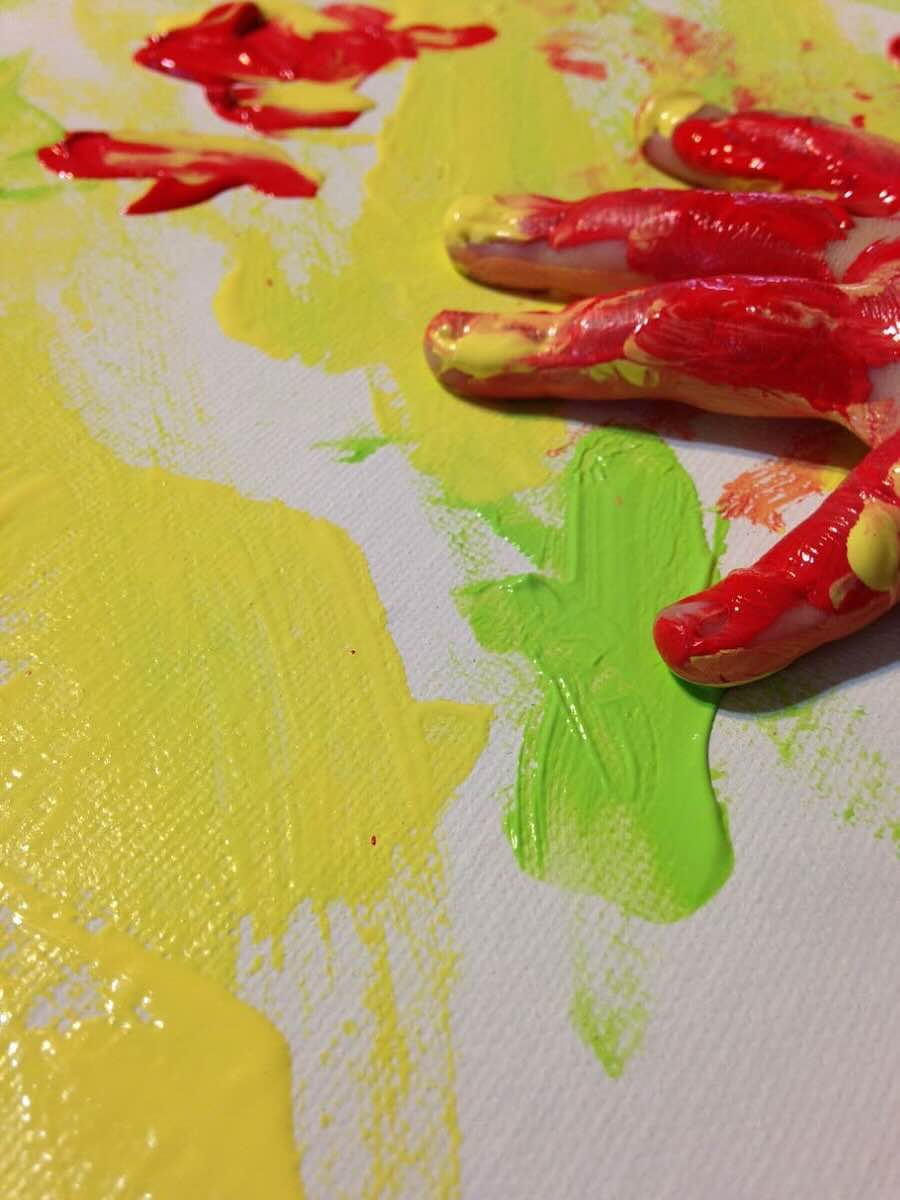 |
Cooking and Baking
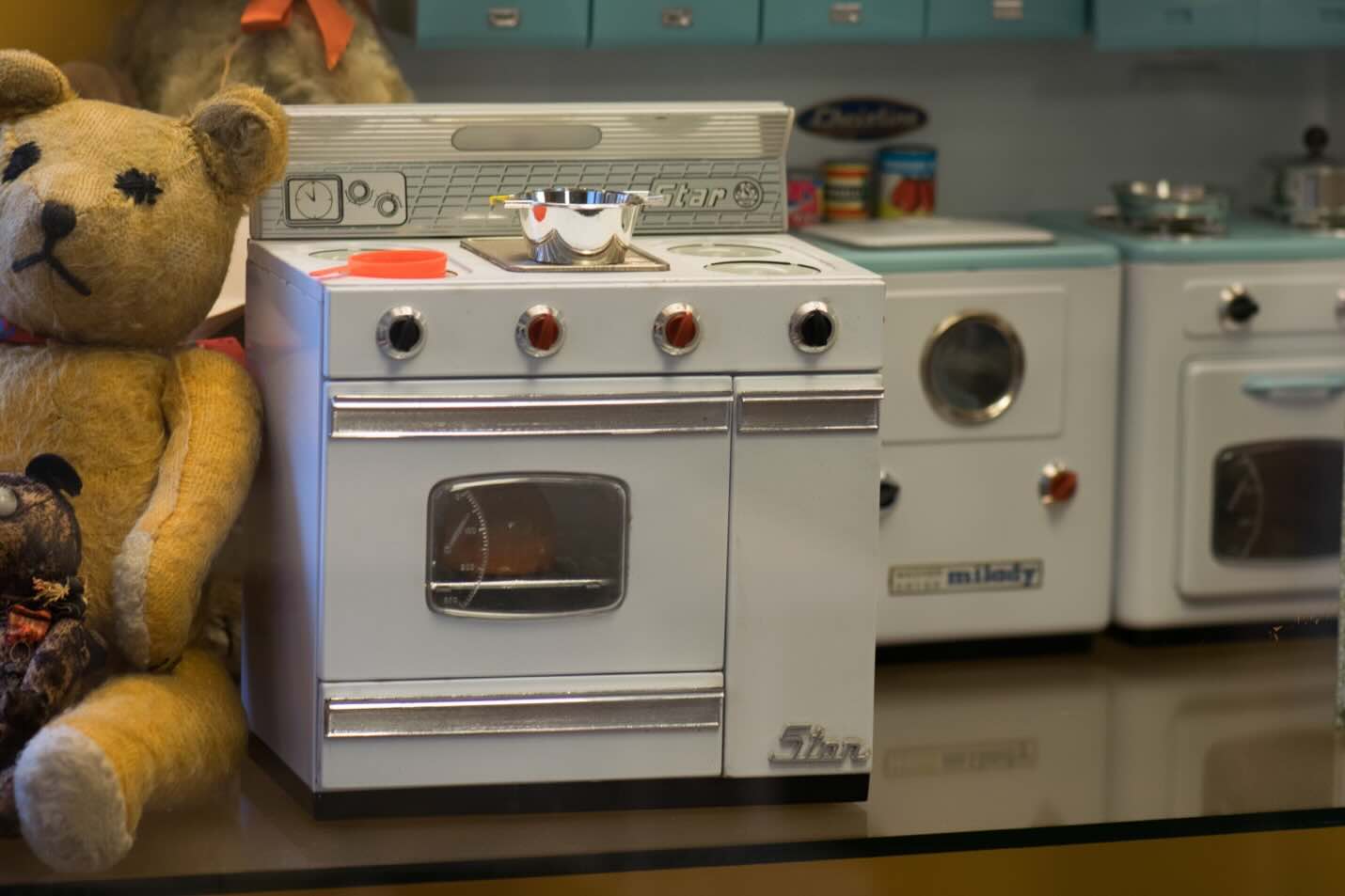 | Cooking engages multiple senses, from measuring ingredients to smelling aromas, fostering sensory awareness and cognitive skills. |
Outdoor Exploration
Exploring nature through walking on different terrains, hearing natural sounds, and smelling fresh air enhances sensory perception and appreciation for the environment. | 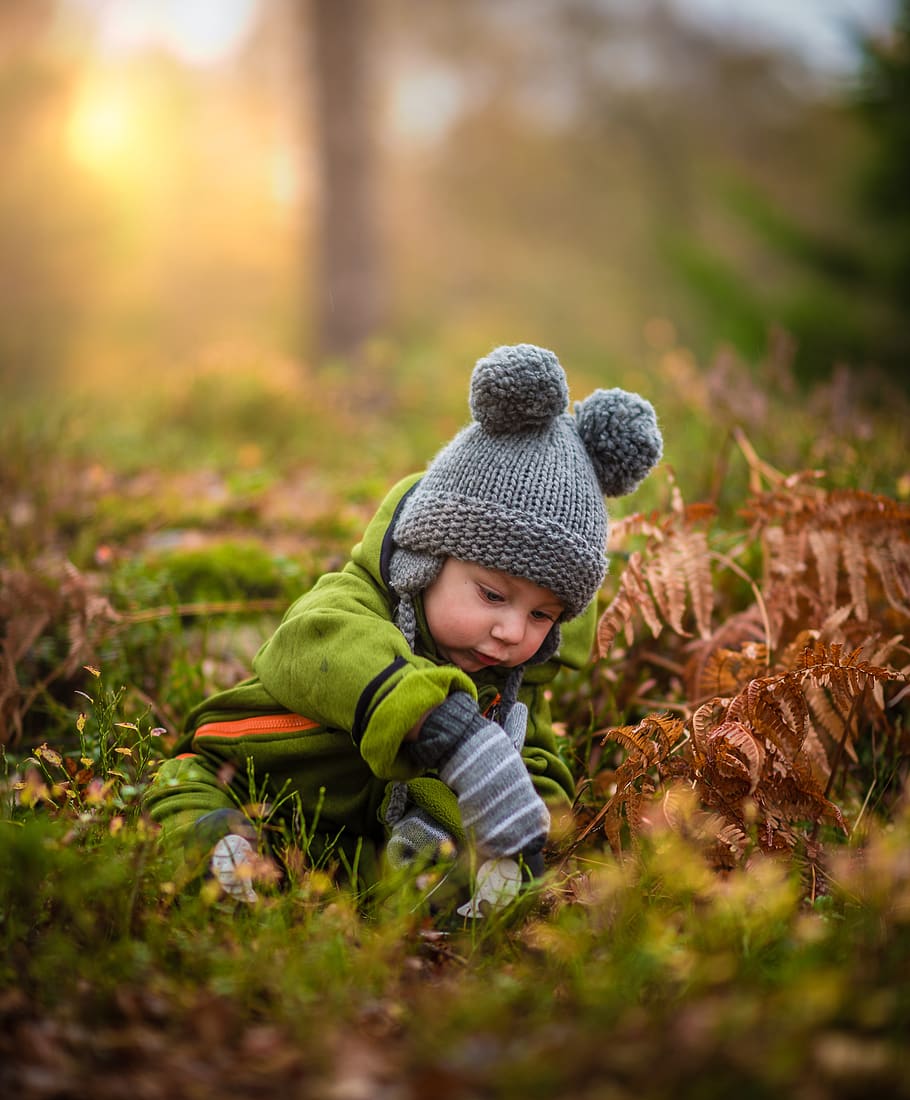 |
Music and Movement
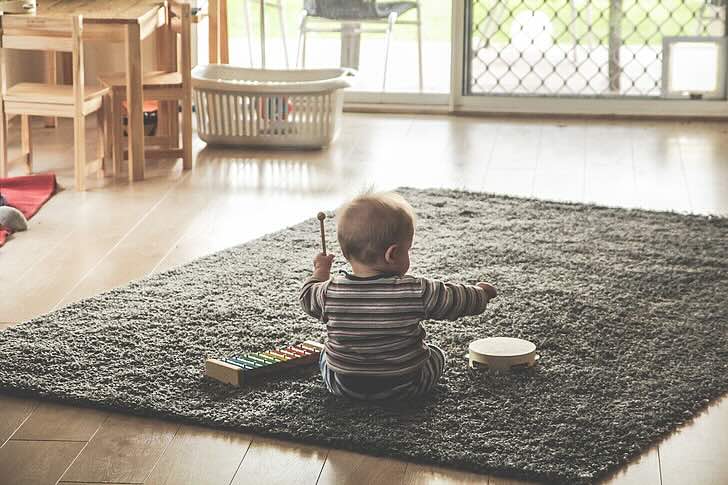 | Dancing, playing instruments, and clapping games develop auditory skills, rhythm, coordination, and creativity. |
Sensory-friendly Toys
Using sensory toys like textured blocks, musical instruments, and light-up puzzles enriches children's sensory experiences and enhances learning. | 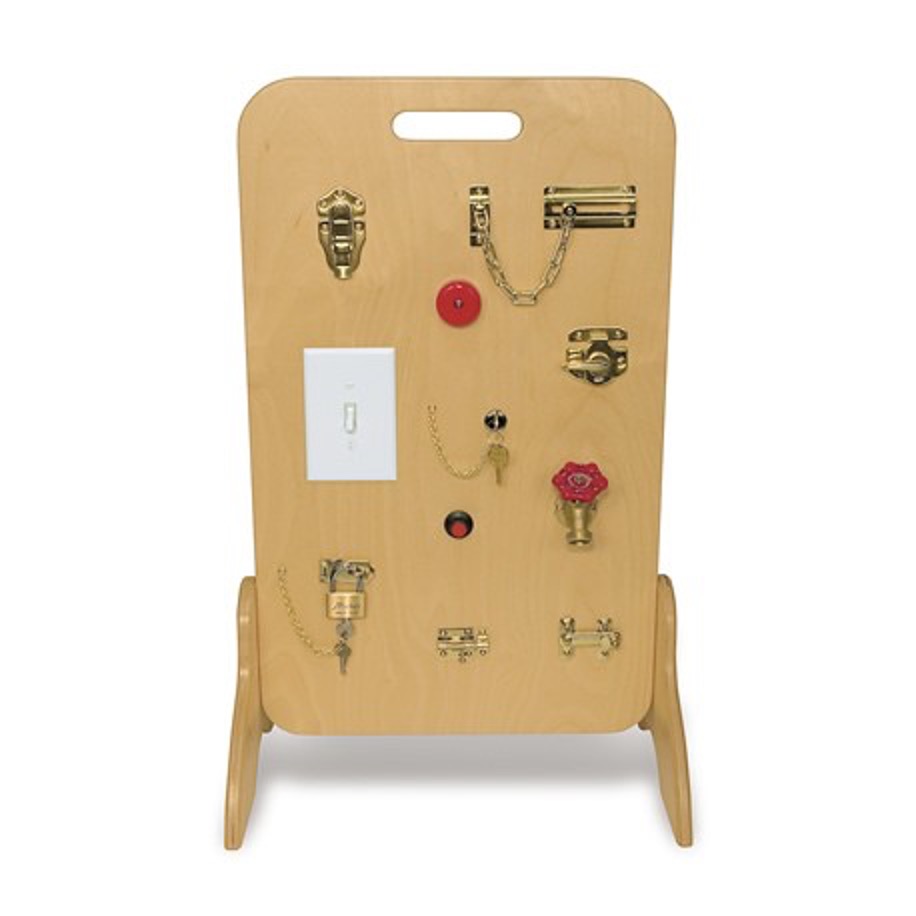 |



